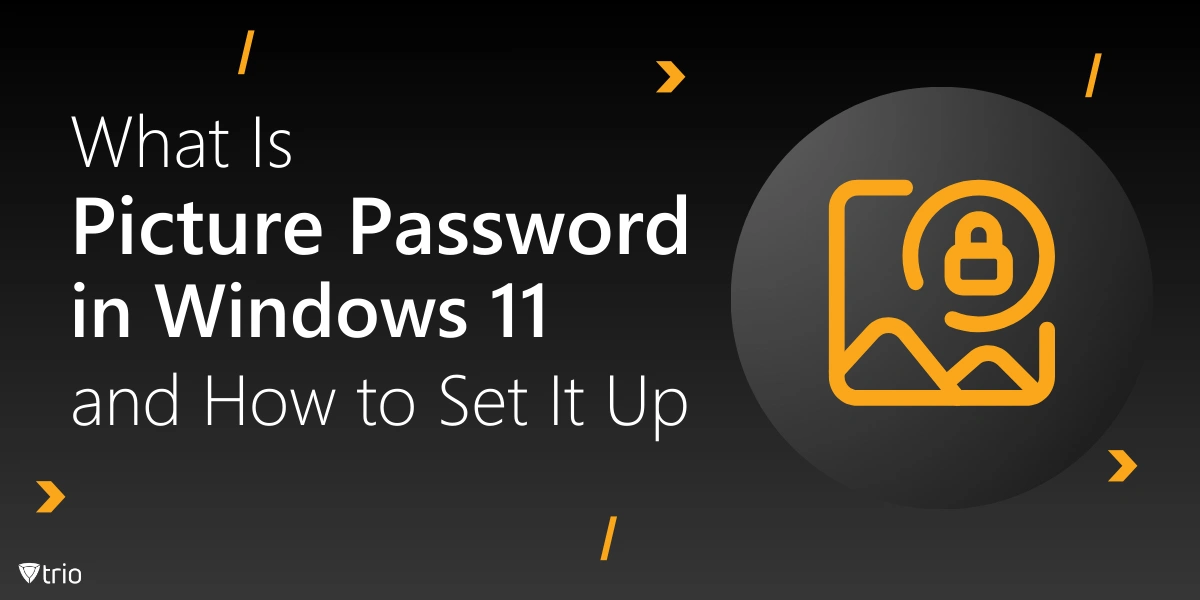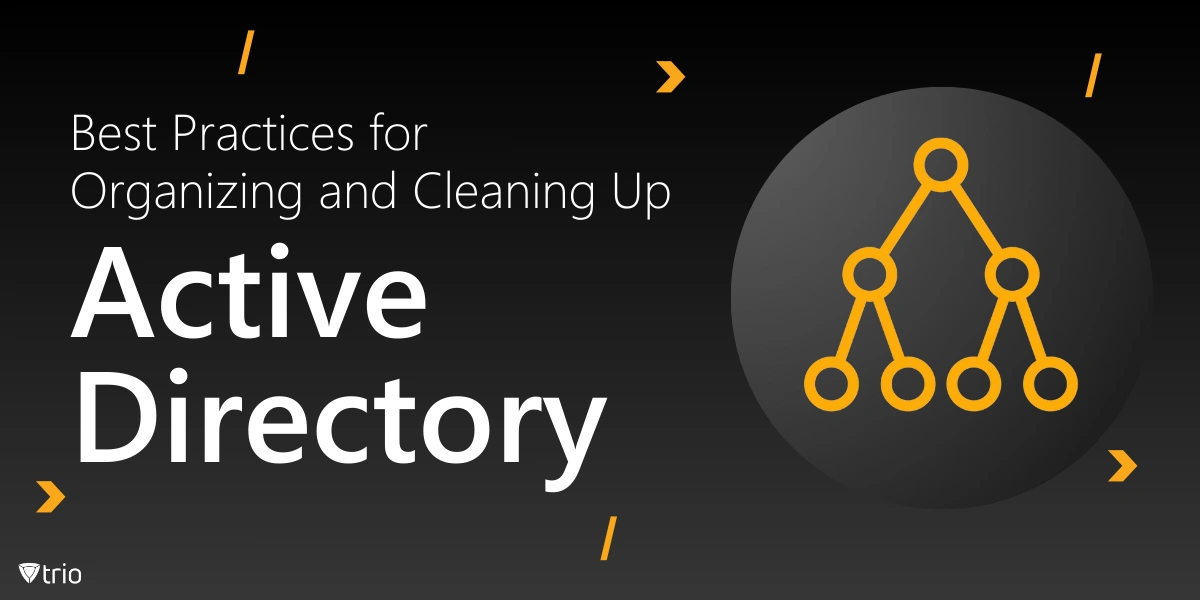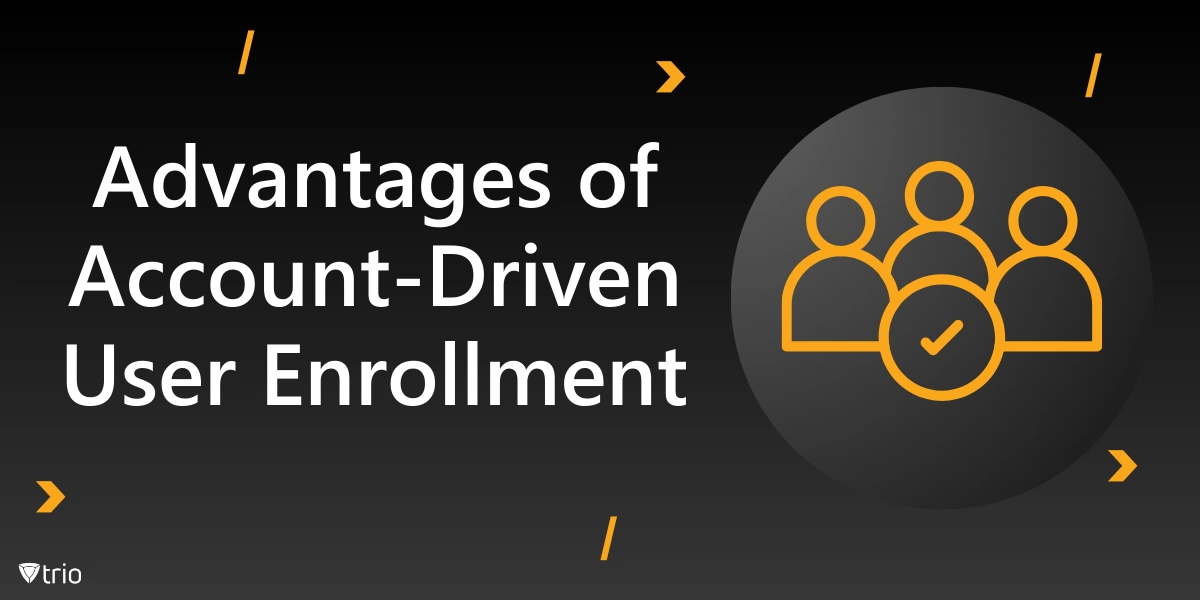Active directory bridging is a solution that connects diverse IT environments, allowing Microsoft Active Directory (AD) to integrate with non-Windows systems seamlessly. It’s particularly relevant for enterprises leveraging both Windows servers and alternative platforms like Linux and macOS. By fostering centralized management, bridging reduces complexity and enhances IT security.
In today’s IT ecosystems, a fragmented directory environment creates administrative challenges, inconsistencies in access management, and potential security vulnerabilities. Active directory bridging resolves these issues by extending AD’s functionality, ensuring consistent authentication and authorization across all platforms. Whether you’re an IT admin in a startup or an enterprise, understanding active directory bridging is key to modernizing your organization’s IT infrastructure.
The Fundamentals: How Active Directory Works
Active Directory (AD) is Microsoft’s directory service designed for centralized management of networks. Its role goes beyond basic credential storage, offering comprehensive tools for access control, security enforcement, and resource allocation. Let’s break down its core aspects.
Key Components of Active Directory
- Active Directory Domain Services (AD DS): This core feature stores information about users, devices, and resources, providing authentication and authorization for users accessing the network. It’s the foundation of an active directory environment.
- Organizational Units (OUs): OUs enable logical grouping of user groups and resources, ensuring administrators can effectively manage permissions and policies within a structured framework.
- Single Sign-On (SSO): By enabling users to access multiple resources with one set of credentials, SSO eliminates the need for multiple logins, enhancing both productivity and security. Organizations could consider implementing single sign-on solutions to streamline access management and enhance security.
Benefits of Active Directory
- Centralized Management: AD streamlines IT operations, offering a singular location to oversee user accesses, configure policies, and manage devices.
- Enhanced Security: By enforcing robust active directory security measures, AD ensures consistent access control and reduces risks like credential theft or unauthorized access.
This combination of efficiency and security makes Active Directory indispensable for organizations of all sizes. To further enhance security, consider conducting a Data Protection Impact Assessment (DPIA) to identify and mitigate risks.

The Need for Active Directory Bridging
Modern enterprises are rarely confined to a single platform. IT environments often include a mix of Windows, Linux, macOS, and cloud services. Managing separate credentials and policies for these systems is not only inconvenient but also prone to errors. Active directory bridging addresses these challenges by creating a unified directory framework.
Active Directory Bridging Example
Imagine an organization where the marketing team uses Windows systems, the development team relies on Linux, and the creative team works on macOS. Without bridging, IT administrators must maintain separate directory domain services (AD DS) for each platform, leading to inefficiencies and potential security gaps. Bridging allows all teams to authenticate through the same AD, ensuring a consistent hierarchical structure.
Why It’s Necessary
Active directory bridging streamlines IT operations by integrating non-Windows systems into a centralized Active Directory environment. This eliminates the need for redundant processes, reducing administrative complexity and allowing IT teams to focus on more strategic tasks.
Additionally, bridging fosters improved collaboration by enabling centralized access control. Cross-platform teams can work together more effectively without worrying about compatibility issues or inconsistent access permissions.
For organizations adopting hybrid environments, bridging also facilitates seamless integration with cloud services like Azure Active Directory, ensuring scalability and accessibility.
How Active Directory Bridging Works
Active directory bridging uses industry-standard protocols such as LDAP (Lightweight Directory Access Protocol) and Kerberos to synchronize non-Windows platforms with AD. By leveraging these protocols, bridging extends AD’s capabilities, enabling it to manage authentication and authorization across various systems.
The Benefits of Bridging
The advantages of active directory bridging extend far beyond basic connectivity, providing benefits for organizations striving for a cohesive IT environment.
Simplifying Multiple Domains
Managing multiple domains without bridging often results in ineffective operations and increased administrative overhead. By integrating these domains into a single active directory environment, bridging simplifies operations and enhances visibility. IT teams can quickly identify issues, enforce policies, and streamline user accesses.
Supporting Hybrid and Cloud Models
As businesses migrate to hybrid and cloud environments, bridging ensures that AD remains the central hub for all authentication processes. For example, Azure Active Directory can serve as an extension of on-premises AD, providing a seamless transition to cloud services.
Directory Advertising and Connectivity
Bridging ensures that non-Windows systems are recognized and integrated within AD through directory advertising. This process allows devices, users, and applications from diverse platforms to appear as part of a unified directory domain. The result? IT teams can manage everything from a single interface without sacrificing control or visibility.
Enhancing Security and Efficiency
By unifying disparate systems, bridging enhances active directory security. Administrators can enforce consistent security policies, ensuring that all devices adhere to the same standards. Additionally, bridging reduces the workload on IT teams by automating repetitive tasks, allowing them to focus on strategic initiatives.
Bridging also supports integrations like SSO integration with MDM, offering seamless access across devices and services.
Real-World Use Case
A global retail chain with offices running on different platforms used bridging to centralize its directory services. The integration allowed them to implement uniform security policies and facilitate remote work, leading to increased efficiency and reduced IT costs.
Organizations embracing hybrid work models can benefit significantly from bridging, particularly when paired with tools like OTP for additional authentication measures.

How Trio Can Simplify Active Directory Bridging
MDM integration with a solution like Trio can simplify active directory bridging for organizations managing diverse IT infrastructures.
Trio’s Unique Value
- Effortless Integration: Trio seamlessly bridges Windows and non-Windows systems, making active directory users accessible across platforms without added complexity.
- Security-First Approach: Trio enforces strict compliance with active directory security protocols, ensuring your systems remain protected against potential threats.
- Centralized Monitoring: With Trio, IT admins can oversee organizational units (OUs) and other directory components from a unified dashboard, enhancing operational efficiency.
By integrating with Active Directory, Trio also supports advanced features like authentication and authorization for cloud services and hybrid environments. Ready to transform your IT operations? Schedule a free demo with Trio today!
Conclusion
Active directory bridging is a vital solution for modern IT environments that span multiple platforms and systems. By centralizing management and extending the reach of Microsoft Active Directory, it empowers organizations to streamline operations, enhance security, and foster collaboration across diverse teams. Whether your organization operates within a hybrid, cloud, or on-premises infrastructure, bridging ensures a cohesive directory environment that meets today’s dynamic IT demands.
With tools like Trio, bridging becomes even more efficient, offering seamless integration, enhanced security, and centralized monitoring. Don’t let fragmented IT systems slow you down—explore the benefits of Active Directory Bridging today and see how Trio can help your organization thrive in a connected world.








